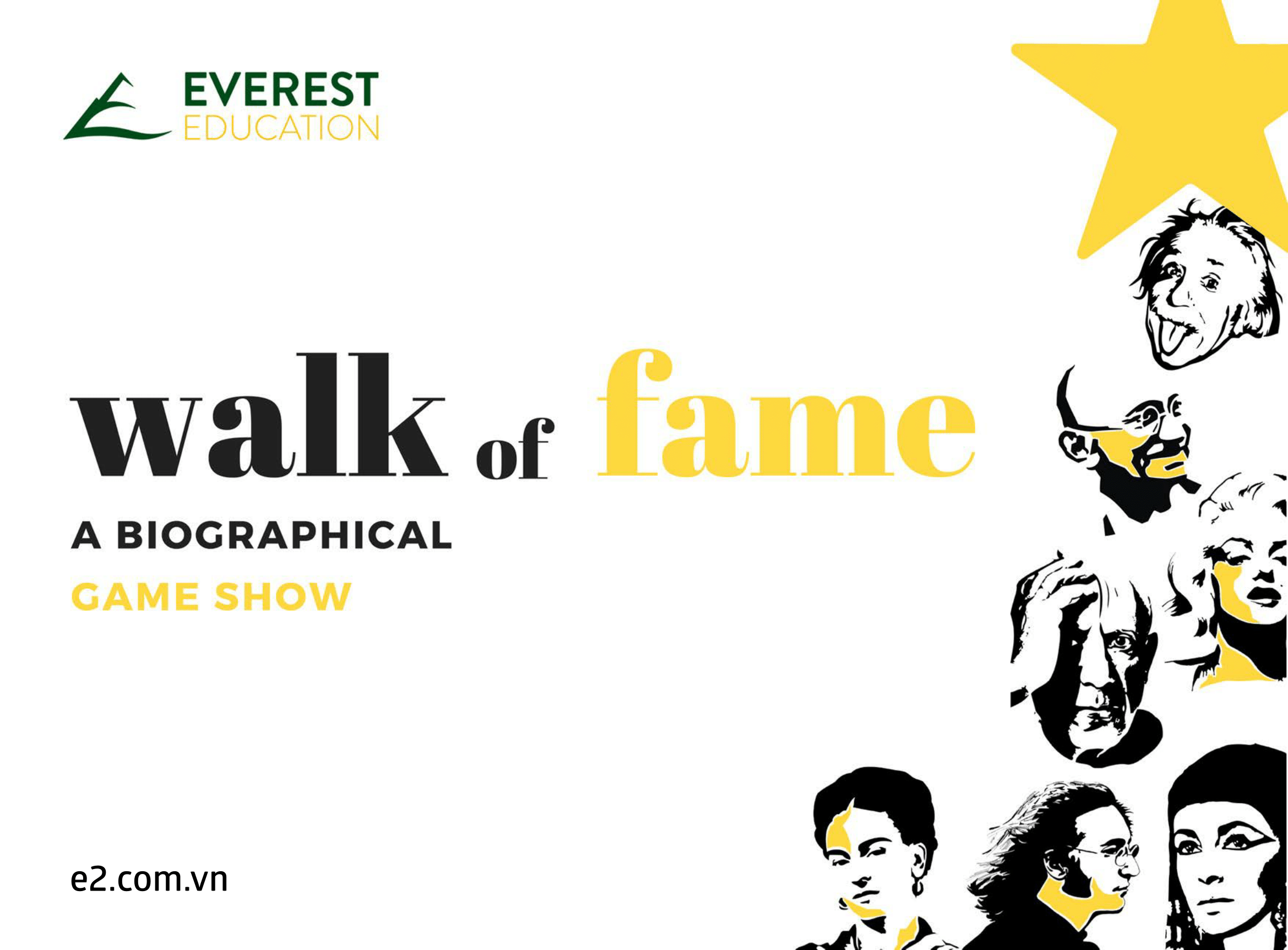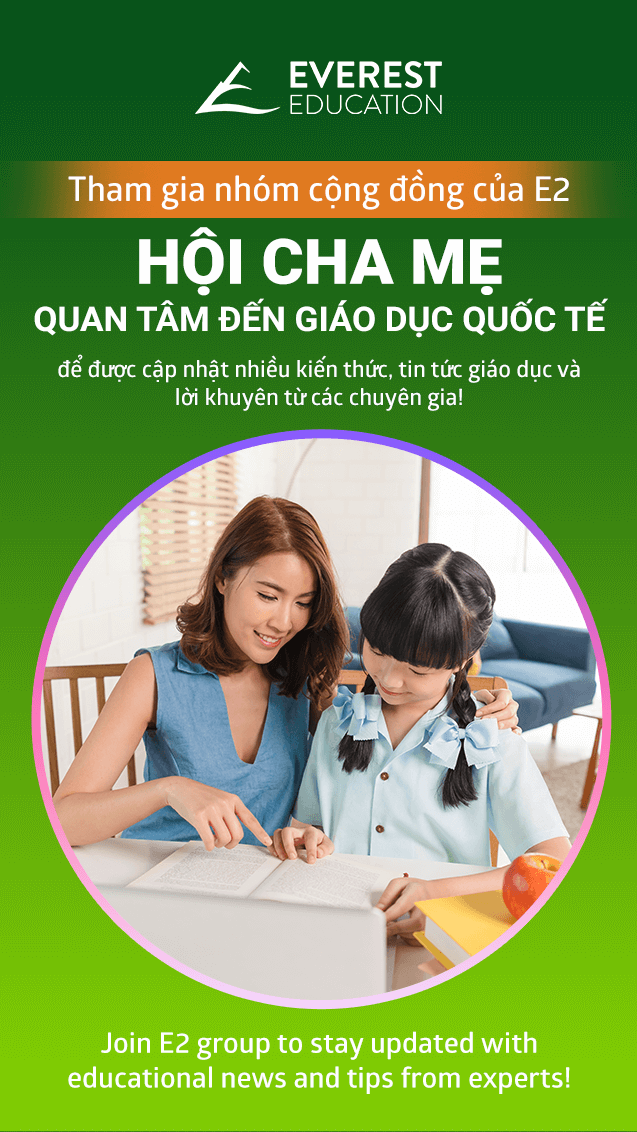Integrating English Language Arts and Social studies – two birds with one stone
In the article “5 reasons why every student needs English Language Arts“, we did highlight how English Language Arts (ELA) among others helps students better learn other subjects as they apply their language skills in fields including history, culture, philosophy, science… On the reverse side, we also believe that incorporate interesting and relevant resources about the world students live in is the best way to synthesize a number of literacy skills, including researching, writing, speaking, and listening. The idea of using social studies content as a means of supporting English Language Arts classes is widely applied in many schools around the world, where teachers develop an “integrated curriculum” – a curriculum to help align my science and social studies content to the skills and concepts being covered in the language arts class.

The Common Core State Standard (CCSS – a set of academic standards for K-12 students throughout the United States) curriculum, is an ideal integrated model of literacy. The CCSS sets requirements not only for English language arts but also for literacy across the content areas in history or social studies, science, and technical subjects… so that all students are ready for the demands of college – and career-level reading no later than the end of high school. Researches also show that students in integrated programs demonstrate academic performance equal to, or better than, students in discipline-based programs.
Here are the top 3 reasons why Incorporating English Language Arts into social studies can and should be done:
(i) First, the content covered in social media usually captures student’s interest. Things like animals, volcanoes and cars can motivate them to make progress in ELA. Integrating ELA enables students to develop a meaningful understanding of the complex association within interesting topics, making school more productive and enjoyable for students and teachers.
(ii) Second, intentionally integrating language arts and social studies can help to ensure that the latter doesn’t get lost with the emphasis on literature and math happening in most schools.
Social studies is an often-neglected subject in elementary school because it isn’t generally assessed on the state standardized tests that young children take. However, informational text comprehension is still tested, and students need to master nonfiction reading, analyzing and writing skills.
(ii) Finally, the literacy skills that overlap with social studies are also the ones we use most in adult life. Just in our own Internet time today, you probably have had to read informational text, conduct research, and analyze current events. The integrated study is an extremely effective approach, helping students develop multifaceted expertise and build research skills, connect to the community, and understanding our world.
“The reading process does not end with comprehension. In the adult world, people do not ask friends or colleagues to recall specific information from a book or article they have read. Instead, they ask for an opinion on a lead story, or for analysis of the latest Wall Street trend, or for an interpretation of a controversial article…”, said Karen Tankersley in her book “Literacy Strategies for Grades 4-12: Reinforcing The Threads of Reading”.
There are lots of ways to incorporate ELA and social studies in classrooms, but planning for this, however, is not always easy, especially since teachers only have a short amount of time with students every week. Therefore, as teachers and curriculum designers, we also look for different ways that could blend each aspect of ELA learning with your social studies lessons.
For example, after assigning students an informational text, we have them research about the topic, talk about what they have learned, then students can write or create a poem and present their publication to the class.
Another example to give you a clearer idea is our Walk of Fame, an event of Everest Education recently, where each student did their own research about a famous person in history, wrote a report, then dressed up as the person and made a presentation. This was a great way to synthesize a number of ELA skills, including research, writing, speaking, listening… while students can be exposed to meaningful information about historical events, community leaders and people who impact our society.
Check out the video below to see how our Walk of Fame looks like!
How to help your child integrate ELA with social studies at home?
Applying an integrated curriculum, or cooperating with English Language Arts and social studies sounds like the big work of teachers. However, we believe that by simple practices at home, parents can also help improve student’s literacy skills while building knowledge about the world around them. Here are a few smart strategies:
(1) Build an awesome library of informational texts:
This might sound like the most obvious suggestion, but it’s an important and effective one. Research shows that despite the Common Core’s push for nonfiction, kids are still reading far more fiction than informational text throughout their schooling. The amount of quality nonfiction has increased, however. You can find great texts for almost any social studies topic you might cover, from space to biographies to women’s history.
Suggested book list for English parents and Vietnamese parents.

(2) Build vocabulary
The world of social studies comes with its own rich and detailed vocabulary, and students lose ground when they don’t have the context or background knowledge for new words. So how about creating word walls of social studies at your home?
It can be a great way to build some of that context and support to help kids remember the words
(3) Take your child outside
Visit monuments, memorials, libraries, parks, and other public spaces. The point is to help kids memorize historical events and issues. Question the names and events that are memorialized and ask “Who do you think that was?” or “Why do we remember this event?”.
(4) Hold discussions
This is going to look different depending on your child’s age, but if possible, try to discuss with your children the topics you learn about while reading the paper, surfing the web, or watching the news. Then ask them for their opinions on political, social, and economic matters. Listen, ask probing questions, and compliment them on their reasoning. Challenge them, too, to wonder about what is not being talked about on the news. Model an interest in current events and public life. Always remember that you are their first and best teacher.
It is unfortunate that our children are receiving less and less formal education in social studies, especially in Vietnam where people put too much stress on Math and Literature. But parents can make a difference. Home is where children form their attitudes toward learning. Or finding learning centers that help your child develop both English skills and academic knowledge like Everest Education.
Integrating social studies into language arts could kill two birds with one stone: develop a strong general knowledge and vocabulary students need to become successful readers and writers in the future.












